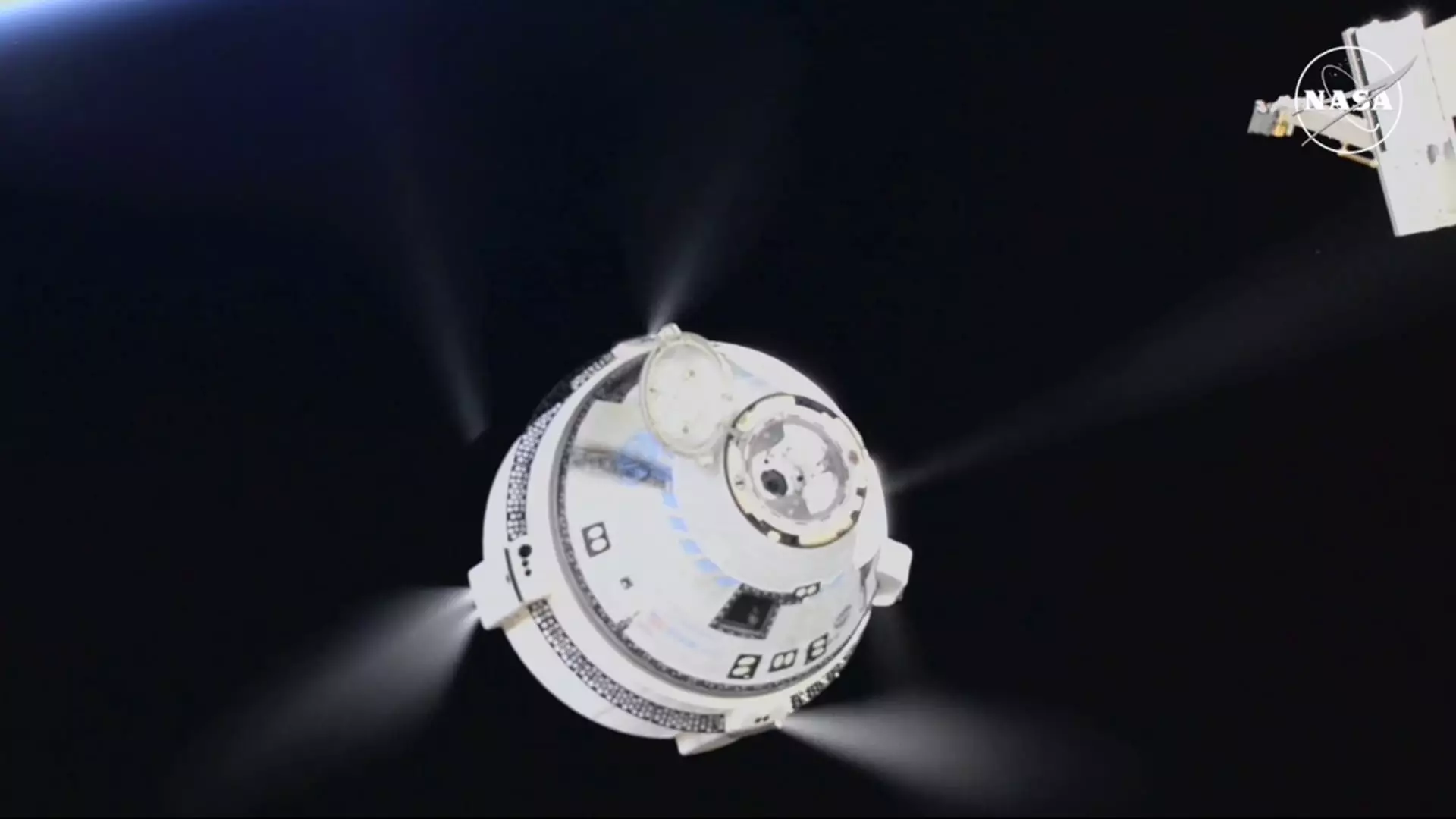Boeing’s Starliner recently undocked from the International Space Station, marking the end of a test flight that was full of delays and unexpected twists. The spacecraft departed without the two astronauts it initially delivered to orbit in June, as Butch Wilmore and Suni Williams will remain at the ISS until February, returning to Earth aboard SpaceX’s Dragon spacecraft.
The test flight of Boeing’s Starliner, dubbed “Calypso”, lasted much longer than originally anticipated by NASA. Initially planned for about nine days, the spacecraft spent approximately three months at the ISS due to ongoing issues with its propulsion system. The multiple delays in returning the capsule were attributed to the need for more data collection to address the problems faced during the mission.
Boeing’s Starliner test flight encountered several setbacks, leading to more than $1.5 billion in losses for the company. The decision to return Starliner empty instead of with the astronauts onboard was a significant blow to Boeing’s progress in NASA’s Commercial Crew Program. The absence of a successful crew flight test has jeopardized Boeing’s future involvement with NASA, putting the company’s position at risk in the space exploration industry.
Implications for NASA’s Commercial Crew Program
The failed test flight of Boeing’s Starliner has implications for NASA’s plans to have multiple companies, including Boeing and SpaceX, conducting missions to the ISS. With Boeing’s setbacks, the balance of alternating missions between different companies has been disrupted. The delay in achieving a successful crew flight test with Starliner raises concerns about NASA’s dependence on a single provider for crew transportation to the ISS.
Boeing’s Starliner test flight experience serves as a cautionary tale in the realm of space exploration. The extended duration, technical issues, and financial losses incurred during the mission highlight the challenges and risks involved in developing spacecraft for crewed missions. Moving forward, thorough evaluation and testing are crucial to ensure the safety and reliability of spacecraft, especially in the context of crewed spaceflights.

Leave a Reply